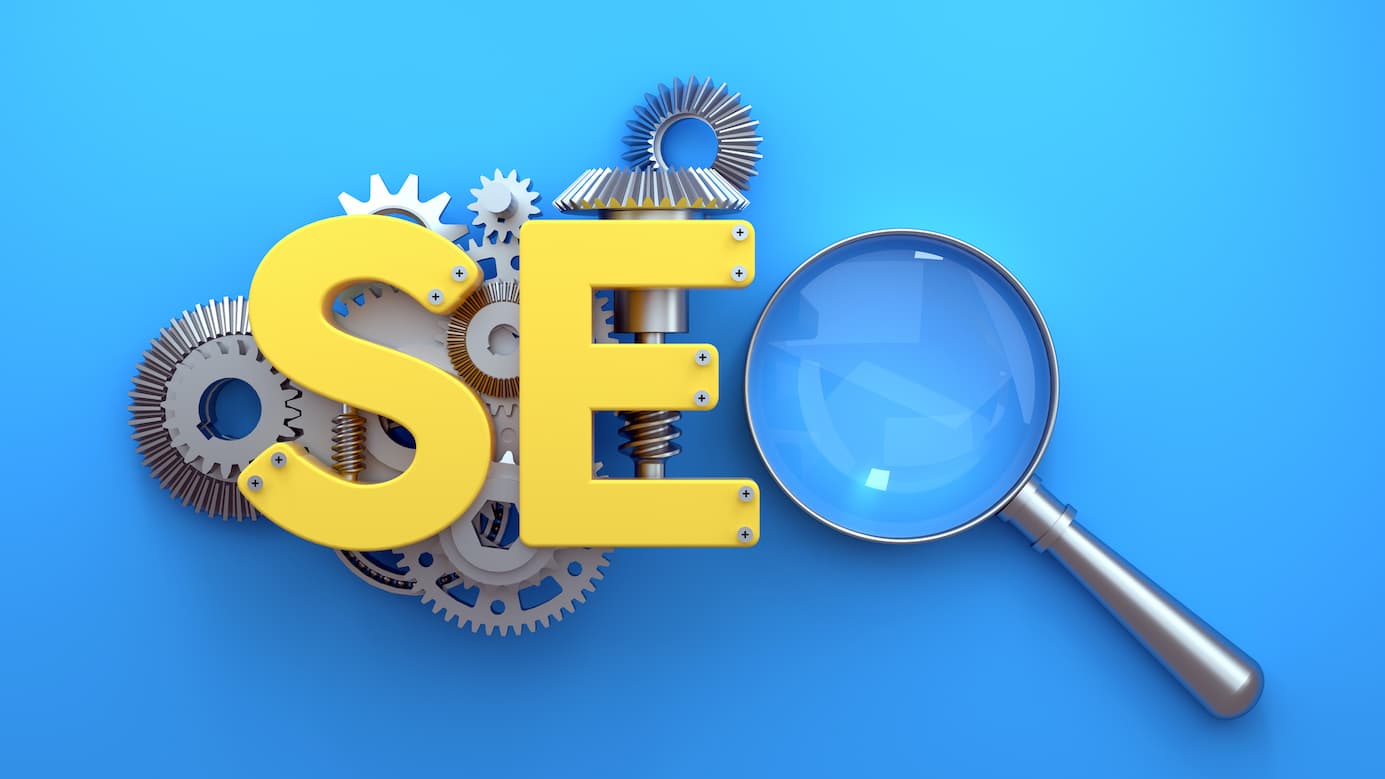There are many different ranking factors that Google takes into account when determining where your website should appear in their search engine results pages (SERPs). In this blog post, we will focus on the seven most important on-page SEO ranking factors. These are the factors that you can control and optimize on your own website. By improving these aspects of your site, you can see a significant increase in your web traffic and overall SEO rankings!
Importance of SEO
If you’ve ever wondered how some websites always seem to come up first in search engine results, the answer is SEO. SEO is short for “search engine optimization.” It is the process of improving the visibility and organic search results of a website in order to increase web traffic and revenue. In other words, it’s a way to make sure your site is as visible as possible to potential customers. Based on Malaysia SEO, there are many different techniques that can be used to improve SEO, such as keyword research, link building, and creating informative and keyword-rich content. By utilizing these strategies, you can help your website rank higher in search results and attract more visitors. As a result, you’ll see an increase in web traffic and, ultimately, revenue.
On-Page SEO Ranking Factors.
There are many on-page SEO ranking factors, but some are more important than others. The seven most important on-page SEO ranking factors are:
Keyword Research
The first and most important step in on-page SEO is keyword research. Keyword research is essential for on-page optimization because it helps you identify the terms and phrases that potential customers are using to find products or services like yours. There are a number of excellent keyword research tools available, such as Google AdWords Keyword Planner, Google Trends, and Moz Keyword Explorer. Once you’ve generated a list of relevant keywords, you can start incorporating them into your website content. Be sure to use them naturally, as stuffing your content with too many keywords will result in a penalty from the search engines. Used strategically, however, keywords can help you attract more targeted traffic to your website and improve your search engine rankings.
Title Tag
The title tag is the HTML element that specifies the title of a web page. It appears in the SERPs as the clickable headline for a given result. The title tag should be unique and descriptive, and it should contain your target keyword. If your title tag is not optimised, you could be missing out on valuable traffic from potential customers who are searching for your products or services. In addition to including your target keyword, your title tag should also be informative and catchy. A well-optimised title tag can help to improve your click-through rate, which is an important ranking factor for Google. So make sure to give your title tag some thought – it could make all the difference to your SEO success.
Meta Description
The meta description is a short text that appears below your title tag in the search engine results pages (SERPs). It should give a brief overview of your page’s content and include your target keyword. The meta description is not a ranking factor, but it is important for click-through rate (CTR). A good meta description can increase the CTR of your result, which can lead to higher traffic and revenue.
The meta description is also used by social media sites when your page is shared. For example, if you have a product page with a great meta description, it may be used as the text for the Tweet or Facebook post when someone shares your page. This means that a well-written meta description can help to promote your site and increase brand awareness. So, although the meta description is not directly related to SEO, it is still an important part of your overall web marketing strategy.
Header Tag
The header tag is one of the most important HTML elements for structuring the content of a web page. It is used to specify the header, which can convey important information such as the title, author, and date. The header tag is not a ranking factor, but it is important for readability. A well-structured header can help improve the user experience of your website, resulting in higher traffic and revenue. The header tag should be used to structure the content of your web page in a way that is clear and easy to read. By using the header tag, you can ensure that your website provides a great user experience and achieves success.
Keyword Usage
Once you’ve identified the keywords that you want to target, it’s important to use them throughout your website content. This includes using them in the title tag, header tags, meta descriptions, and body text. It’s also important to use variations of your target keywords, as this can help you to rank for a wider range of terms. For example, if you’re targeting the keyword “SEO”, you could also use variations such as “search engine optimization” or “SEO services”. By using a variety of keywords, you can ensure that your website is visible for a range of searches. This can help to increase traffic and revenue.
Internal Links
Any website owner knows that SEO is essential for driving traffic to their site. One way to improve your website’s SEO is by using internal links. Internal links are links that point from one page on your website to another. They help search engines to crawl and index your website, and they can also help to improve the user experience of your website by providing a way for visitors to navigate around your site. Internal links should be used sparingly, as too many can make your website appear spammy. However, a few well-placed internal links can be beneficial for both SEO and the user experience. Be sure to use internal linking where appropriate.
Site Maps
A site map is an XML file that contains a list of all the pages on your website. It is used by search engines to crawl and index your website. Site maps are especially important for large websites with a lot of pages, as they can help search engines to find and index all of the pages on your site. In addition, site maps can be used to improve the user experience of your website by providing a way for visitors to navigate around your site. Site maps are particularly useful for websites with a lot of content, as they can help visitors to find the information they are looking for quickly and easily. Including a site map on your website can therefore be a great way to improve the user experience of your site.
Final Thought
These are just some of the many ranking factors that you need to consider when optimizing your website for search engines. By taking these factors into account, you can help to improve your website’s ranking in search results and drive more traffic to your site. In addition, by providing a great user experience, you can also increase the chances of visitors converting into customers. So if you’re looking to improve your website’s performance, be sure to keep these ranking factors in mind.
This article is posted on Article Store.



